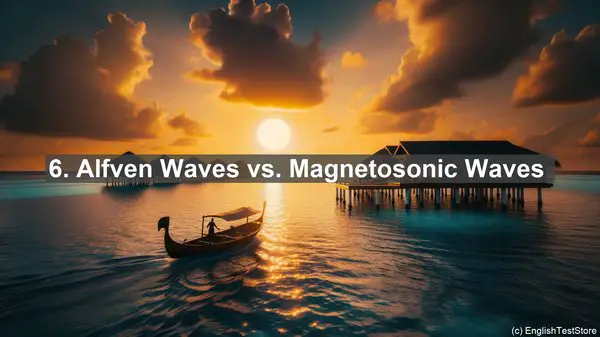Introduction
Welcome back to our plasma astrophysics series. Today, we have an interesting topic to discuss – the top 10 commonly confused words in this field. Understanding these words correctly is crucial for a strong foundation in plasma astrophysics. So, let’s dive in!
1. Plasma vs. Gas
Often, people use the terms ‘plasma’ and ‘gas’ interchangeably. However, there’s a fundamental difference. While gases consist of neutral atoms or molecules, plasmas contain charged particles – ions and electrons. This distinction is vital as plasmas exhibit unique properties like conductivity and response to electromagnetic fields.

2. Ionization vs. Excitation
Ionization and excitation are two processes that occur in plasmas. Ionization refers to the removal of electrons from atoms, resulting in the formation of ions. On the other hand, excitation involves the promotion of electrons to higher energy levels within an atom, without complete removal. Both processes play significant roles in plasma phenomena.
3. Magnetic Field vs. Electric Field
Magnetic fields and electric fields are omnipresent in plasma astrophysics. While electric fields arise due to the presence of charges, magnetic fields are associated with moving charges. One key distinction is that magnetic fields can exist even in the absence of currents, unlike electric fields.
4. Fusion vs. Fission
Fusion and fission are processes related to nuclear reactions. Fusion involves the combination of two light atomic nuclei to form a heavier nucleus, releasing an enormous amount of energy. In contrast, fission is the splitting of a heavy atomic nucleus into two or more lighter nuclei, accompanied by the release of energy. Both processes have immense implications in plasma astrophysics.
5. Solar Flares vs. Coronal Mass Ejections
Solar flares and coronal mass ejections (CMEs) are phenomena observed on the Sun. Solar flares are sudden, intense releases of energy, often accompanied by a burst of electromagnetic radiation. CMEs, on the other hand, involve the ejection of a massive amount of plasma and magnetic field from the solar corona. While both events are related, they have distinct characteristics.
6. Alfven Waves vs. Magnetosonic Waves
Alfven waves and magnetosonic waves are types of waves that propagate in plasmas. Alfven waves are transverse waves, meaning the particle motion is perpendicular to the wave propagation direction. Magnetosonic waves, on the other hand, are a combination of compressional and transverse waves. Understanding the properties of these waves is crucial in studying plasma dynamics.
7. Aurora vs. Airglow
Auroras and airglow are atmospheric phenomena that occur due to interactions between the Earth’s magnetic field and the solar wind. Auroras are colorful displays of light in the night sky, primarily occurring near the polar regions. Airglow, on the other hand, is a faint, continuous emission of light from the upper atmosphere. Both phenomena are mesmerizing, but they have different origins.
8. Magnetosphere vs. Ionosphere
The magnetosphere and ionosphere are regions around a planet that are influenced by its magnetic field and the solar wind. The magnetosphere is the larger region, extending far into space, and it acts as a protective shield, deflecting the solar wind. The ionosphere, on the other hand, is a region within the atmosphere, consisting of ionized gases. Both regions are vital in understanding the interaction between a planet and its space environment.

9. Plasma Oscillations vs. Plasma Waves
Plasma oscillations and plasma waves are collective behaviors observed in plasmas. Plasma oscillations refer to the synchronized motion of charged particles, resulting in density variations. Plasma waves, on the other hand, are disturbances that propagate through the plasma. Both phenomena are essential in various plasma applications, from fusion research to space plasma physics.
10. Magnetohydrodynamics vs. Kinetic Theory
Magnetohydrodynamics (MHD) and kinetic theory are two approaches used to study plasmas. MHD treats the plasma as a fluid, considering macroscopic properties like density and velocity. Kinetic theory, on the other hand, focuses on the individual particles’ behavior, considering their distribution functions. Both approaches have their advantages and are used in different plasma regimes.
